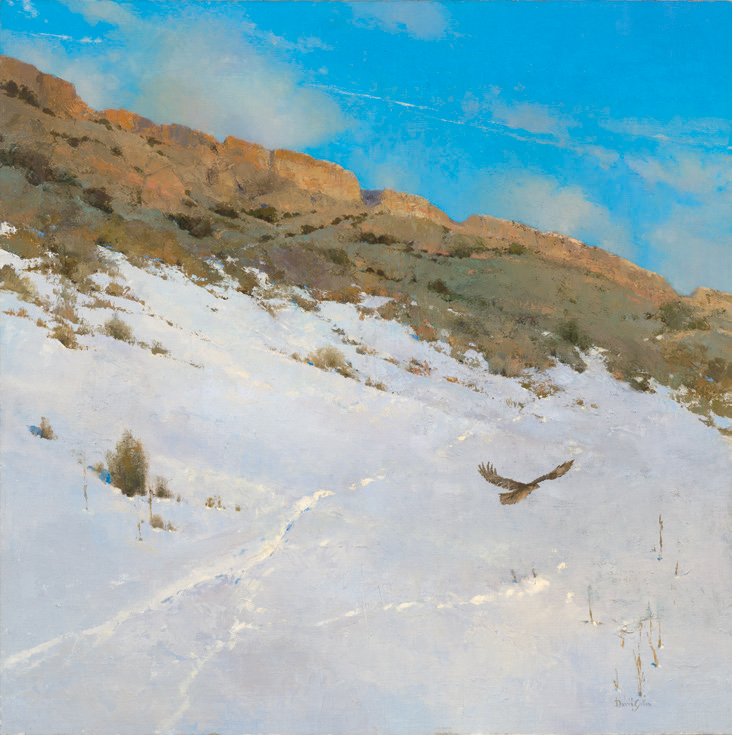
17 Mar Editor’s Note: Making Connections
What can we learn about our shared region by examining the expressions of others? What historical perspective or peaceful moment does an artist call to our attention? How does an architect design a building that better connects us to our environment or improves our daily lives?
What can art show us that we are overlooking?
One of the main goals of each issue of WA&A is to share these types of discoveries with readers. The stories found throughout these pages offer a deeper understanding of the West and the people who live here — one that extends beyond assumptions. One that comes from a carefully considered perspective.
In this issue, for example, we read about multi-media artist Wendy Red Star (Apsáalooke), who examines how Native Americans have historically been represented in fine art. “I wanted to show the viewer that these are real people. These aren’t just a symbol of the Native spirit … I wanted to show that this is much more complicated than this aesthetically pleasing image,” Red Star says. Her work demonstrates the complexities of personal experiences and “restores personhood,” as Annika Johnson, curator at the Joslyn Art Museum, points out. We are better informed about our world and those we share it with because of artists like Red Star, and are able to have more empathy for the trials and triumphs of others (“Unearthing”).
We also see how a home designed by JLF Architects achieved LEED certification without sacrificing style or comfort. Through their work, the architects highlight the importance of Regionalism when it comes to structures that are meant to stand the test of time, encouraging conversations about longevity in design and sustainability (“Teton Idyll”).
Meanwhile, artist Tucker Smith explains what it feels like to stand in a room surrounded by five decades of his artwork during a traveling museum retrospective. We come to see how his career has, in part, been successful because of the importance he places on tradition. Much like the great Western artists who came before him, Smith documents the natural world, making it accessible to those who may never experience these remote places in person. We relate to the beauty of nature when we view one of his paintings, hundreds of miles away from the setting that inspired it, and perhaps instilling viewers with a desire to preserve these places and the creatures that reside there (“Tucker Smith’s Celebration of Nature”)
The artists and architects profiled inside this issue encourage new perspectives. Through their work, we can come to a deeper appreciation of the world around us.






No Comments